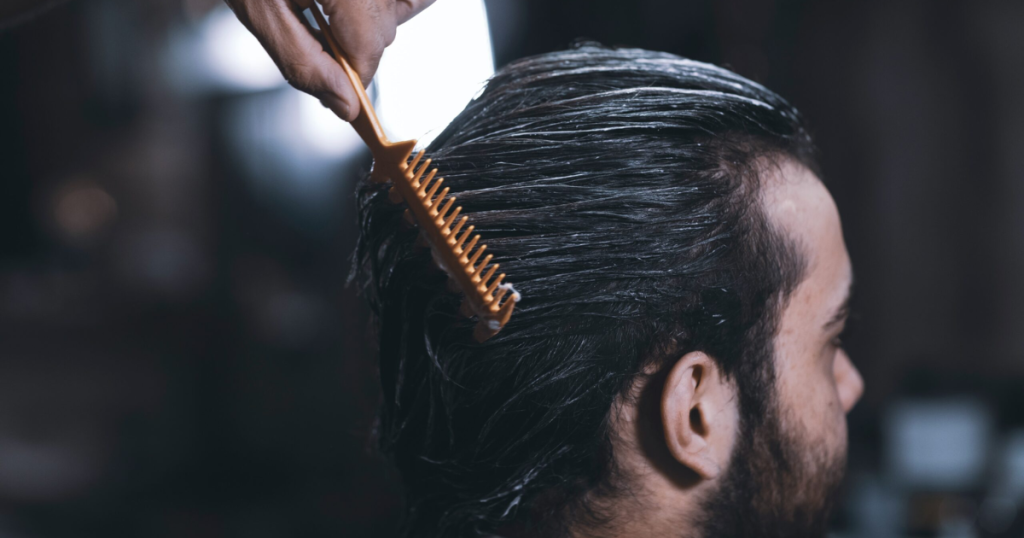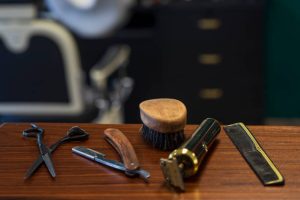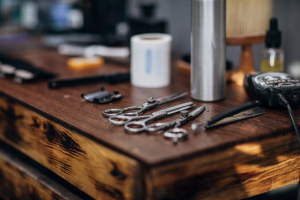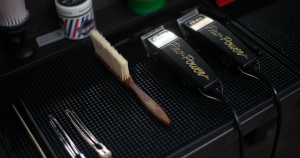For individuals with thin hair, achieving the desired hair texture and volume can be a constant challenge. In the pursuit of finding the right hair treatment, keratin treatments, also known as Brazilian blowouts, have emerged as a popular option. These treatments claim to reduce frizz, enhance color, and straighten or tame curly hair, resulting in shinier and healthier-looking locks. However, before diving into the world of keratin treatments, it’s crucial to understand the benefits, potential risks, and explore alternative solutions that suit your specific hair type and needs.
- Understanding Keratin Treatment for Thin Hair:
Keratin is a natural protein present in our hair, skin, and nails, contributing to hair strength and health. Keratin treatments typically involve the application of additional keratin, often sourced from animal products like wool and chicken feathers, to the hair. This process can lead to the appearance of healthier and smoother hair strands.
- Benefits of Keratin Treatments for Thin Hair:
Several studies have supported the use of keratin treatments for achieving healthier strands. The benefits of keratin treatments for thin hair include:
- a. Improved Hair Strength: Studies have shown that additional keratin particles can enhance hair strength by up to 40%.
- b. Straightening of Curly Hair: Some keratin formulations have been found to straighten curly hair, providing a more manageable look.
- c. Frizz Reduction: Keratin treatments can effectively reduce frizz, making the hair appear smoother and more polished.
- d. Enhanced Color: For those with color-treated hair, keratin treatments can help retain color vibrancy and shine.
- Potential Risks and Safety Concerns:
Before opting for a keratin treatment, it’s essential to be cautious of potential risks. Many keratin treatments contain harmful chemicals like formaldehyde, which can be toxic and may lead to various health issues. These products might not always list formaldehyde as an ingredient, making it challenging for consumers to be aware of its presence. Additionally, keratin treatments may irritate the skin and cause physical reactions, particularly in individuals with sensitive skin.
- Alternatives and Hair Health Tips for Thin Hair:
If you have thin hair and are concerned about the risks associated with keratin treatments, there are alternative solutions to consider:
- a. Nutrient-Rich Diet: Maintain a balanced diet rich in essential vitamins, fruits, vegetables, proteins, and healthy fats to support hair health and strength.
- b. Volumizing Products: Look for hair care products designed to add volume to thin hair, including volumizing shampoos, conditioners, and styling products.
- c. Hair Styling Techniques: Explore blow-drying techniques and hairstyles that can create the illusion of fuller hair.
- d. Thinning Hair Treatments: Consult with a professional to explore various treatments for thinning hair, such as oral medications, injectables, laser hair treatment, and hair transplants.
Conclusion:
While keratin treatments have gained popularity for their ability to transform hair texture, individuals with thin hair need to carefully weigh the benefits and risks before undergoing such a procedure. Understanding the potential side effects and exploring safer alternatives can help you make an informed decision that promotes the health and vitality of your precious locks. Remember, embracing your natural hair and exploring suitable hair care practices can lead to beautiful, confident results.





